11 Tips for Perfect Homemade Lemonade Every Time
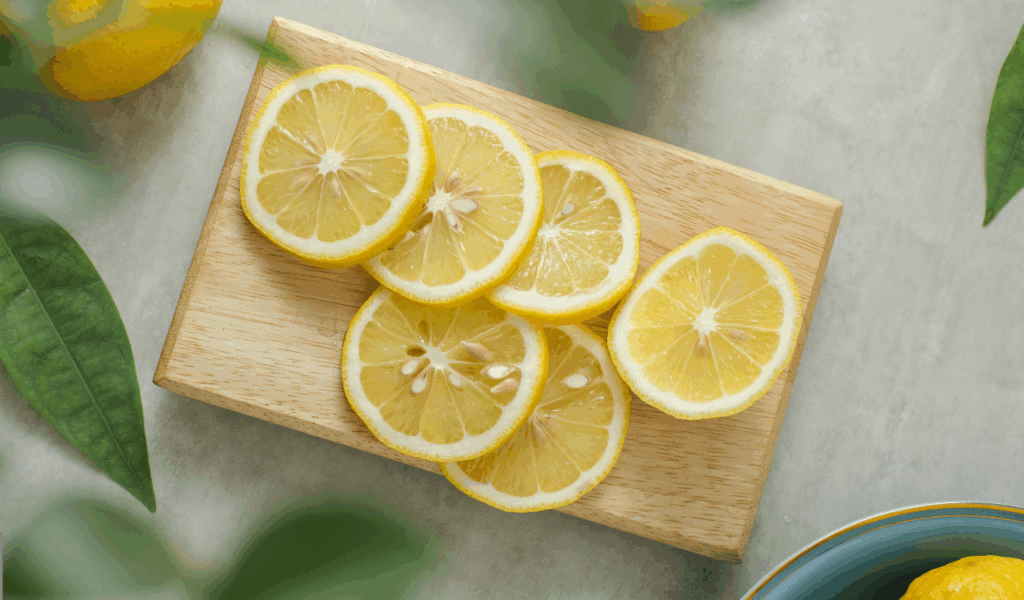
Making lemonade at home may seem easy, but it can take some skill to get the balance just right. Bright, fresh, and naturally sweet never overly tart or sweet is what great lemonade should taste like. Using high-quality lemons is just the beginning; the final flavor is affected by temperature, dilution, sweetness level, and even the way you combine your ingredients. With the help of these pointers, you can always make lemonade that is smooth, refreshing, and has a clean, crisp flavor without using needless tricks.
1. Choose Fresh, Juicy Lemons

Because their juice contains natural oils and bright acidity that concentrate over time, fresh lemons make the biggest difference. Choose fruit that feels substantial in relation to its size, as this typically indicates that it contains more juice. In comparison to rough or excessively thick rinds, smooth skin also denotes a higher juice content. Lemons with bruises or dull, wrinkled skin should be avoided as they are typically drier and less flavorful. Freshness guarantees the best possible base for your lemonade.
2. Roll the Lemons Before Juicing

You can extract more juice from lemons by rolling them on a counter, which loosens the internal membranes. Some internal fibers are broken down by the light pressure, which facilitates the fruit’s easier liquid release. Because it can be exhausting to squeeze several lemons by hand, this step is especially helpful when making a large batch. Additionally, rolling keeps the rind whole, which lessens the bitterness caused by over-squeezing. It significantly increases your juice yield in just a few seconds.
3. Use a Simple Syrup for Even Sweetness
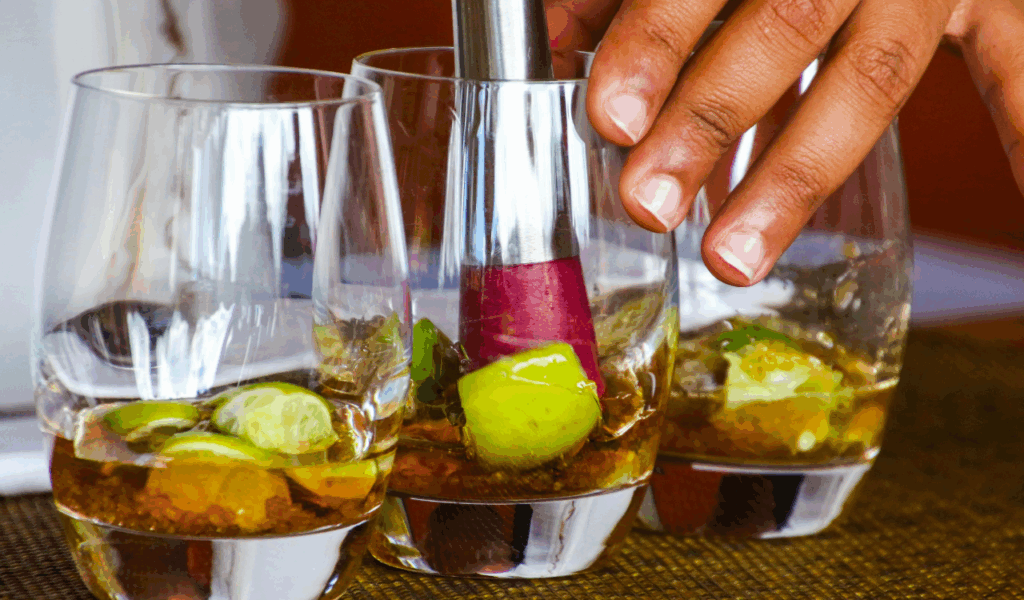
Using plain sugar to sweeten lemonade frequently results in undissolved grains sinking to the bottom. By completely dissolving sugar in hot water before mixing, a simple syrup addresses that problem. This produces a steady, silky sweetness that mixes well with lemon juice. Syrup can be made ahead of time, stored, and used as needed. Additionally, it gives you more control over the final flavor by allowing you to gradually adjust the sweetness level rather than accidentally oversweetening.
4. Balance Sweetness and Acidity Carefully

Depending on the lemons you use, the most refreshing lemonade will have a different ratio of clean sweetness to tart acidity. Always taste your juice before mixing because some batches are inherently milder or more sour. Gradually add the sweetener and adjust with a little more water or juice. A balanced mixture avoids a sugary aftertaste or bitterness. Aim for a bright flavor in which the tartness is not overpowered by the sweetness, resulting in a smooth and revitalizing beverage.
5. Add a Little Lemon Zest for Depth
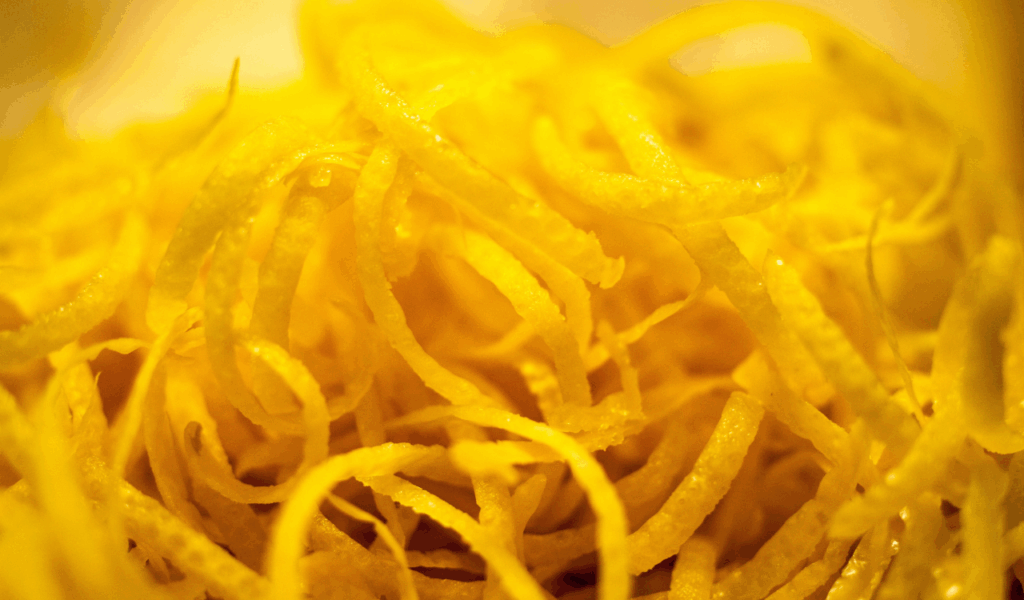
Due to the flavorful natural oils found in the peel, a tiny bit of lemon zest enhances aroma. Without raising the acidity, these oils improve the flavor by adding a richer citrus note. Only the thin yellow layer should be removed with a fine grater; do not remove the bitter white pith underneath. Your lemonade will smell brighter and fresher with just a pinch of zest. It produces a pleasing citrus scent that enhances the beverage without overpowering it.
6. Chill Everything Before Mixing
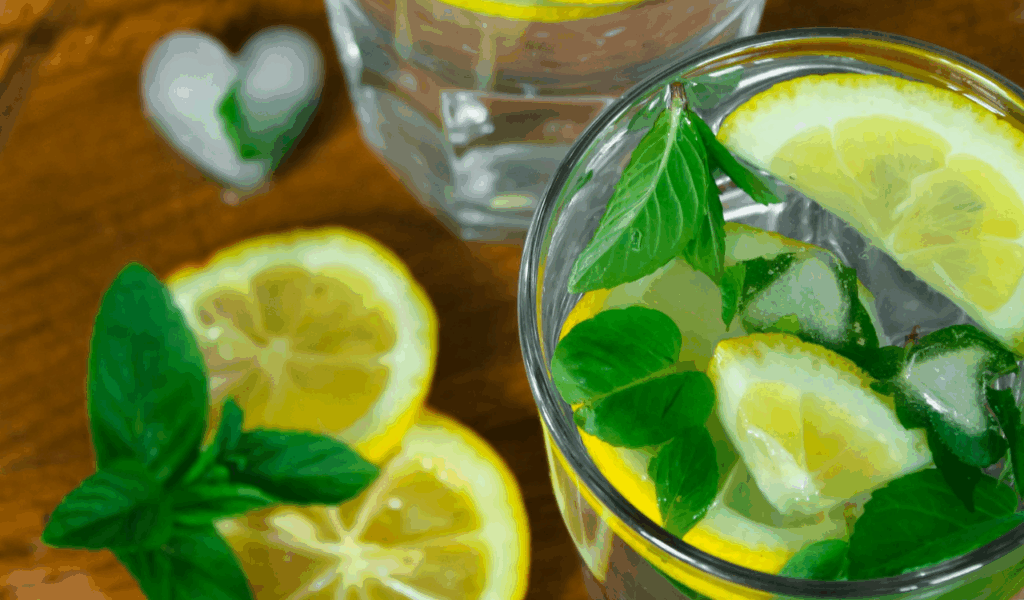
Lemonade tastes crisp instead of diluted when cold ingredients are used. Once the drink is served, the ice will melt more slowly if you chill your lemons, water, and simple syrup before mixing. This keeps the lemonade’s flavors vibrant and stops them from fading over time. Because acidity tastes harsher when heated, cold temperatures also smooth out the drink. Making your ingredients ahead of time guarantees that the finished product will be refreshing from the first to the last sip without requiring a lot of ice.
7. Use Filtered or Clean-Tasting Water
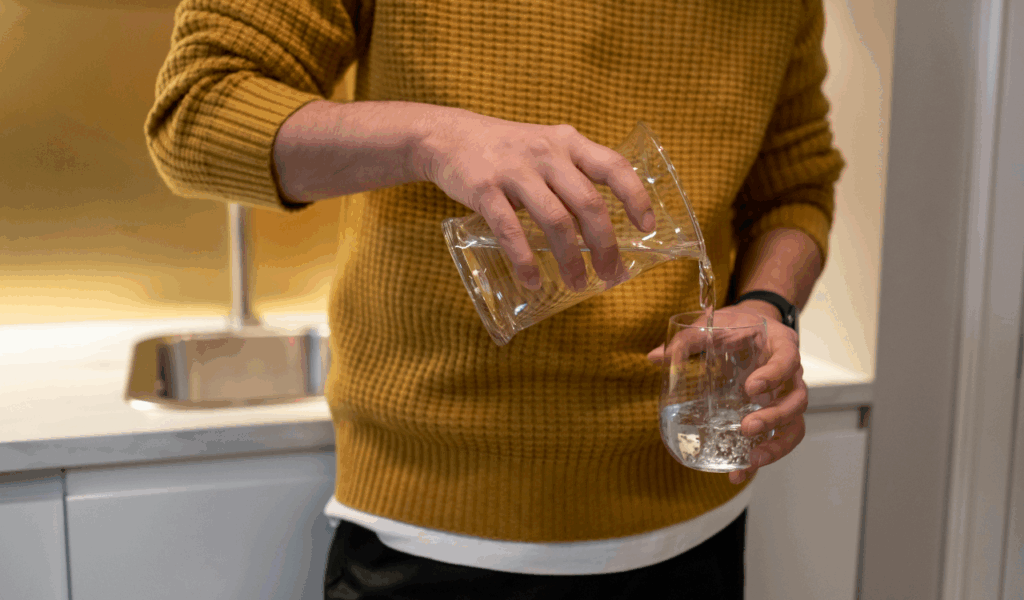
Since the majority of lemonade is water, using filtered or clean-tasting water greatly enhances the finished flavor. Even with excellent lemons, the taste of the drink can be changed by tap water that has noticeable mineral or chlorine notes. A fresh, unadulterated profile that accentuates the citrus without interruption is maintained with the aid of filtered water. Use any water that tastes clean on its own if you don’t have a filter. Your lemonade will taste cleaner and brighter if the water is smoother.
8. Avoid Over-Diluting With Ice

Particularly on warm days, too much ice can quickly dilute lemonade. When serving, add a moderate amount of ice after chilling the drink, rather than filling the pitcher with it. To prevent the flavor from being weakened by melting, you can also freeze small portions of lemonade into ice cubes. Your lemonade will remain balanced and refreshing rather than becoming bland if the temperature is properly controlled. This method preserves the flavor of each glass even after it has sat for a short time.
9. Experiment With Natural Flavor Add-Ins

Without using artificial ingredients, natural additions like crushed ginger, sliced berries, or fresh mint can add new layers of flavor. These ingredients subtly enhance the brightness of lemon. For a milder taste, add them to the pitcher; for a more robust flavor, muddle a small amount. Simple additions will complement the lemonade rather than overpower it. This keeps the drink’s clean, refreshing profile while enabling you to tailor it for various occasions.
10. Let the Lemonade Rest for a Few Minutes
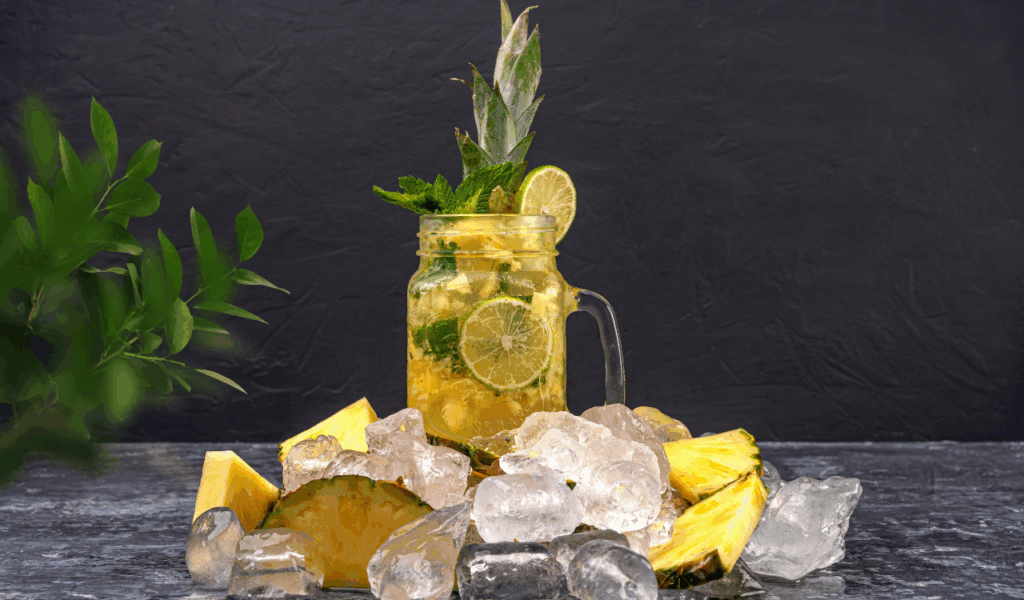
Allowing lemonade to sit for a brief period of time facilitates a more uniform blending of flavors. As the mixture settles, the distribution of water, sweetness, and acidity becomes more even. Additionally, a short rest allows any natural pulp or zest to release additional aroma into the beverage. Ten to fifteen minutes will make a big difference, so you don’t need to wait for a long time. From the moment you serve the lemonade, this brief pause makes it taste more rounded, balanced, and delightful.
11. Adjust for Serving Style and Personal Taste

Depending on who will be drinking it, modify your final mixture to suit their preferred strength of lemonade. While a milder batch might be better suited for indoor consumption, a stronger batch is best enjoyed outdoors over ice. Always taste before pouring, and adjust the acidity or sweetness slightly as necessary. This step keeps every batch consistently delicious regardless of the serving situation and guarantees that everyone enjoys lemonade that suits their preferences.





